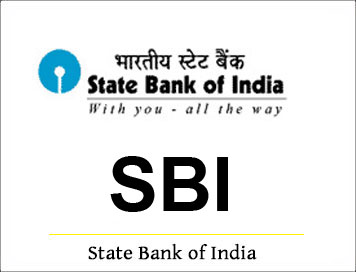
Sample Paper: SBI
Clerical Staff Selection
(General English)
Directions—(Q. 41–55) Read the
following passage carefully and answer the questions given below it. Certain
words are given in bold to help you to locate them while answering some of the
questions.
A large majority of the poor in India are outside the formal banking system.
The policy of financial inclusion sets out to remedy this by making available a
basic banking ‘no frills’ account either with nil or very minimum balances as
well as charges that would make such accounts accessible to vast sections of the
population. However, the mere opening of a bank account in the name of every
household or adult person may not be enough, unless these accounts and financial
services offered to them are used by the account holders. At present, commercial
banks do not find it viable to provide services to the poor especially in the
rural areas because of huge transaction costs, low volumes of savings in the
accounts, lack of information on the account holder, etc. For the poor,
interacting with the banks with their paper work, economic costs of going to the
bank and the need for flexibility in their accounts, make them turn to other
informal channels or other institutions. Thus, there are constraints on both the
supply and the demand side.
Till now, banks were looking at these accounts from a purely credit
perspective. Instead, they should look at this from the point of view of meeting
the huge need of the poor for savings. Poor households want to save and contrary
to the common perception, do have the funds to save, but lack control. Informal
mutual saving systems like the Rotating Savings and Credit Associations (ROSCAs),
widespread in Africa and ‘thrift and credit groups’ in India demonstrate that
poor households save.